History and Development of Dressage
Dressage Sport can be traced back to ancient Greek horsemanship and military practices, where horses were trained to perform movements for evading or attacking enemies in battle.
In 1572: The Spanish Riding School was established in Vienna, and the principles they developed form the foundation of all modern dressage training today.
In 1658: The concept of dressage emerged in England.
In 1873: The first dressage competition was held in Pressberg.
In 1900: Equestrian sports debuted at the Paris Summer Olympics and were officially included as Olympic events.
In 1912: At the 5th Stockholm Olympics, equestrian sports returned to the Olympics after their debut in Paris. Dressage, show jumping, and eventing were included as Olympic disciplines, though only military officers were allowed to compete until 1952, when the rules were changed to allow civilian men and women to participate.
In 1921: The International Equestrian Federation (FEI), the governing body for equine sports, was established to standardize the rules of equestrian competitions.
In 1928: The Amsterdam Olympics introduced the team dressage competition for the first time.
In 1952: At the Helsinki Olympics, dressage sport was opened to women for the first time. Danish rider Lis Hartel and her horse "Jubilee" won a silver medal, making her the first female equestrian to win an individual Olympic medal.
In 1960s–1970s: The concept of Dressage Championships emerged, and several events were held across Europe.
In 1972: At the Munich Olympics, German rider Liselott Linsenhoff became the first woman to win an individual dressage gold medal.
In 1976: At the Montreal Olympics, Princess Anne of the United Kingdom represented the British team in eventing, becoming the first member of the British royal family to compete in the Olympics.
In 1986: The first FEI Dressage World Cup was held.
In 1996: Dressage for riders with disabilities debuted at the Atlanta Paralympics, marking a new era in equestrian sports.
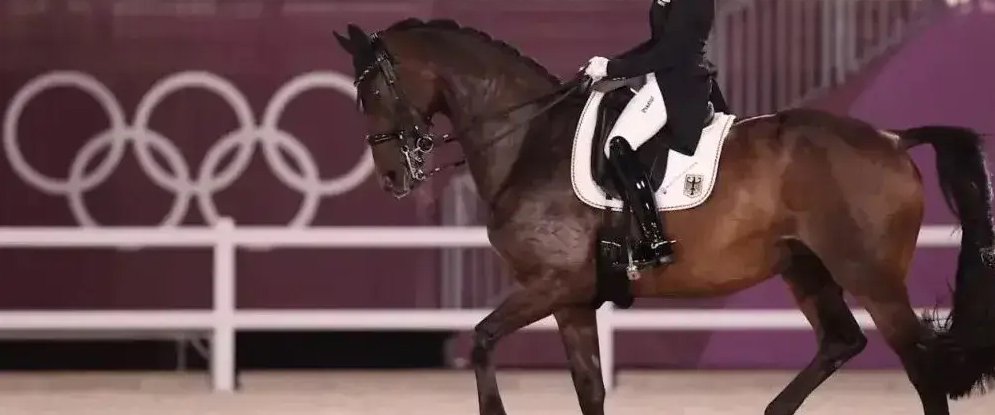
Major Dressage Events
International Competitions
1. Olympic Games: Dressage is one of three equestrian disciplines featured, including individual and team competitions.
2. FEI World Equestrian Games: Held every four years, featuring both individual and team dressage competitions.
3. FEI Dressage World Cup: An annual indoor dressage competition where top riders compete for the championship.
4. FEI European Dressage Championships: International-level competitions specifically for European riders, including team and individual events.
5. Pan American Games: Features dressage competitions for riders from the Americas.
National Competitions
U.S. Dressage Finals: A national-level dressage championship in the United States.
British Dressage Championships: A top-tier dressage equestrian competition in the UK.
Youth and Young Horse Events
FEI Youth Championships: Includes divisions for children, juniors, and young riders.
FEI World Breeding Championships for Young Horses: Events designed for 5- to 7-year-old dressage horses.
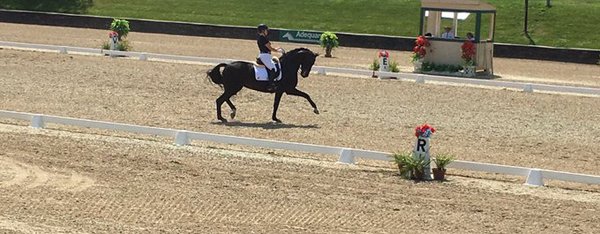
Olympic Dressage
Dressage at the Olympic Games is one of the three equestrian disciplines and includes both team and individual competitions.
Riders perform a series of prescribed tests in a standard Dressage Arena, with final scores determined by judges.
Riders and horses who successfully pass the horse inspection will be assigned to six groups (Group A, B, C, D, E, and F) based on the world ranking.
According to the rules, each team in the team competition consists of three rider-horse combinations, and the scores of all three combinations will be counted towards the team's total score.
After all six groups of combinations have completed their performances, the top 10 teams will qualify for the team competition final.
After each group competition, the top two combinations will qualify for the individual competition final. After all six groups have completed their events, 12 riders will earn spots in the individual competition final.
In addition to these 12 riders, the top 6 remaining riders in the overall ranking will also qualify for the individual competition final.
From https://www.fei.org
Scoring Method
In dressage competitions, riders perform a series of tests within an arena marked with different letters at key positions.
Each test requires unique combinations of movements to be executed in a specific pattern from one letter to another.
Judges positioned at seven points—K, E, H, C, M, B, and F—evaluate the quality of the performance by the rider and horse.
Scores for each movement range from 0 to 10, where 0 represents "not executed" and 10 represents "perfectly executed."
The scores are then converted into percentages to determine the total score for each combination.
The Individual Olympic Dressage Gold Medalist in 21th Century
Anky van Grunsven
The Dutch dressage champion won the Olympic gold medal consecutively in 2000, 2004, and 2008.
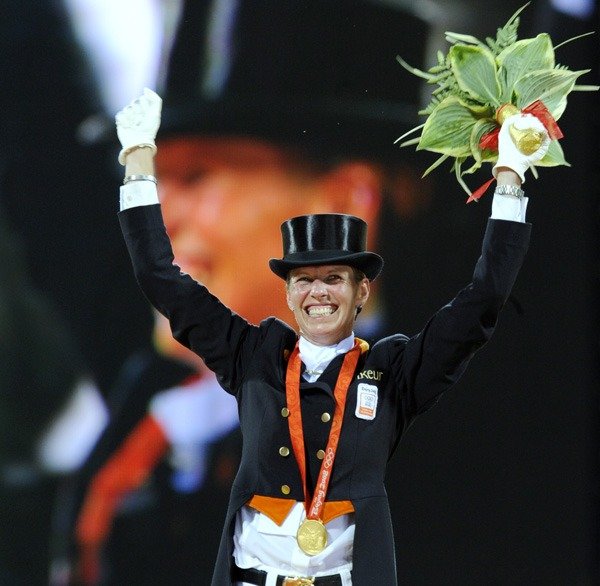
Charlotte Dujardin
A British dressage rider, equestrian, and writer, won the gold medals in the individual dressage event at both the 2012 and 2016 Olympics.
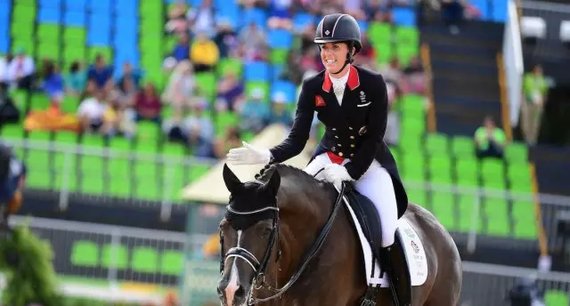
Jessica von Bredow-Werndl
A German Olympic dressage rider, and also the gold medalist in the individual dressage event at both the 2020 and 2024 Olympics.
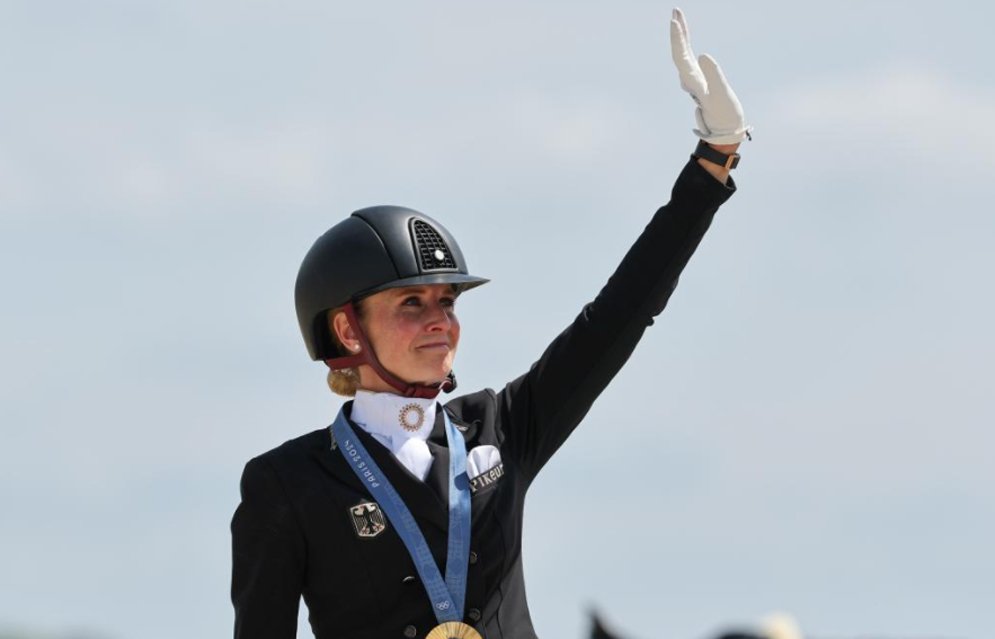
Photo credit: Xinhua News Agency, Photographer Yang Lei
Looking forward to the wonderful performance of the Olympic athletes in the 2028 Los Angeles Olympics.
Suitable Horse Breeds for Dressage
Dressage demands horses with excellent conformation, elasticity, temperament, and train-ability. Below are popular breeds excelling in this discipline:
Dutch Warmblood
Elegant, strong, and balanced with rhythmic, elastic gaits.
Intelligent and easy to train, making them a top choice for international dressage.
Hanoverian
Renowned for power, elegance, and athleticism.
Notable for precise flying changes and pirouettes.
Danish Warmblood
Agile, refined, and elastic movers.
Particularly skilled in collected and extended paces.
Andalusian (Pura Raza Española)
Noble appearance, compact build, and natural elegance.
Exceptional in collected movements like piaffe and passage.
Spirited yet cooperative, with a strong connection to their rider.
Friesian
Large stature with powerful, flowing gaits.
Popular for artistic freestyle performances.
German Warmblood
Includes breeds like Bavarian and Rhinelander Warmbloods, excelling in power and agility.
Westphalian
Strong and athletic with smooth, powerful strides.
Calm, reliable, and highly trainable.
Shares similar traits with Dutch Warmbloods and Hanoverians, performing well in competitive events.
Oldenburg
Tall and elegant, combining strength and grace.
Large, expressive strides with exceptional movement for advanced maneuvers.
Gentle temperament and high adaptability.
Holsteiner
Robust build with powerful hindquarters, excelling in jumping.
Clear, rhythmic strides and agile movements.
Friendly and calm personality, forming strong bonds with riders.
Lusitano
Compact, muscular frame with impressive agility.
Outstanding ability for lateral movements and collected gaits.
Brave and intelligent, known for their strong work ethic and loyalty.
Conclusion
Dressage has evolved from a classical art form to a celebrated international sport, showcasing the harmonious partnership between dressage horse and rider. With its rich history, prestigious events, and the contributions of legendary riders and exceptional horse breeds, dressage continues to captivate audiences worldwide. As we look forward to the 2028 Los Angeles Olympics, the sport promises to inspire a new generation of equestrian enthusiasts and set new benchmarks in excellence and artistry.